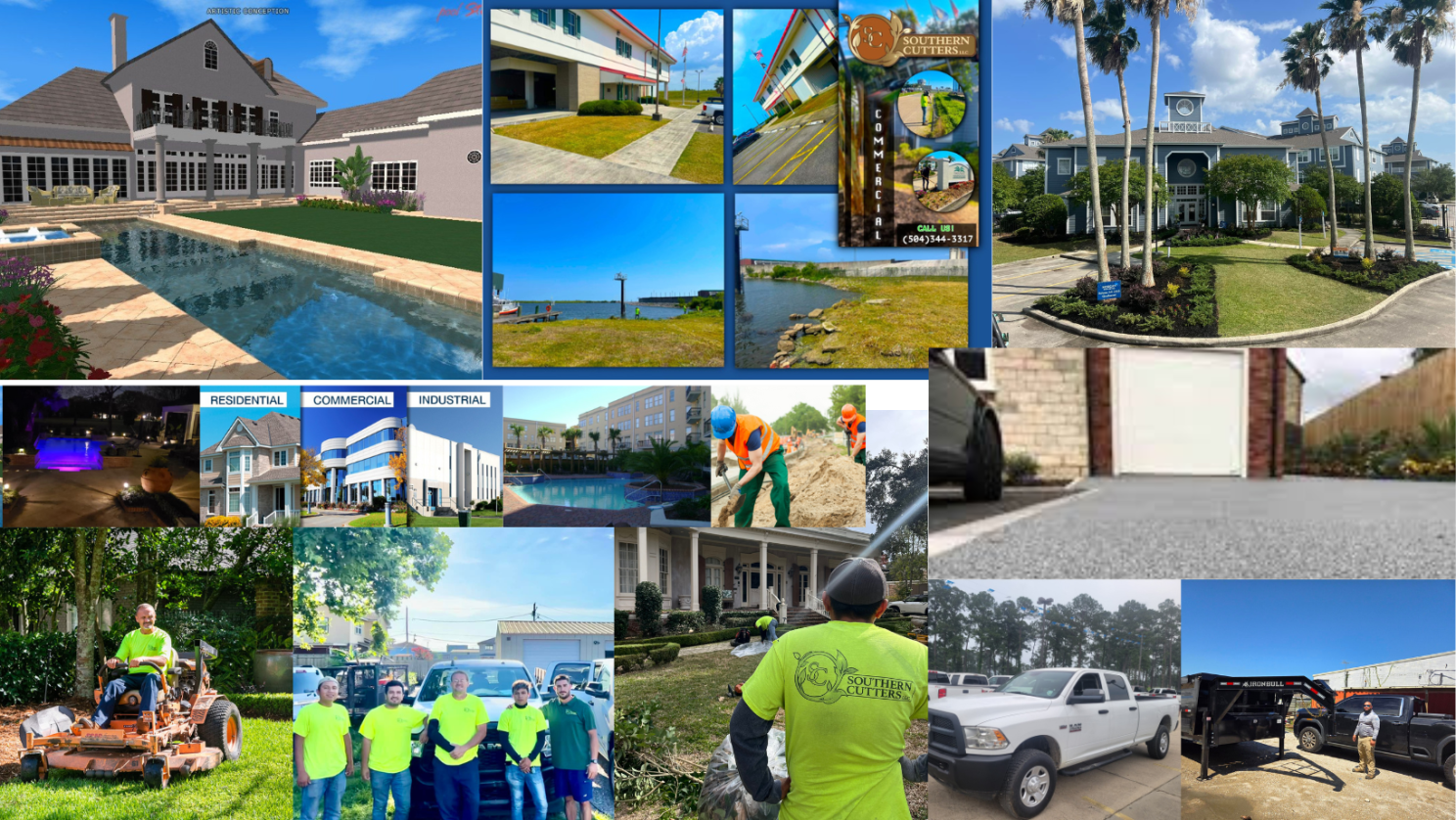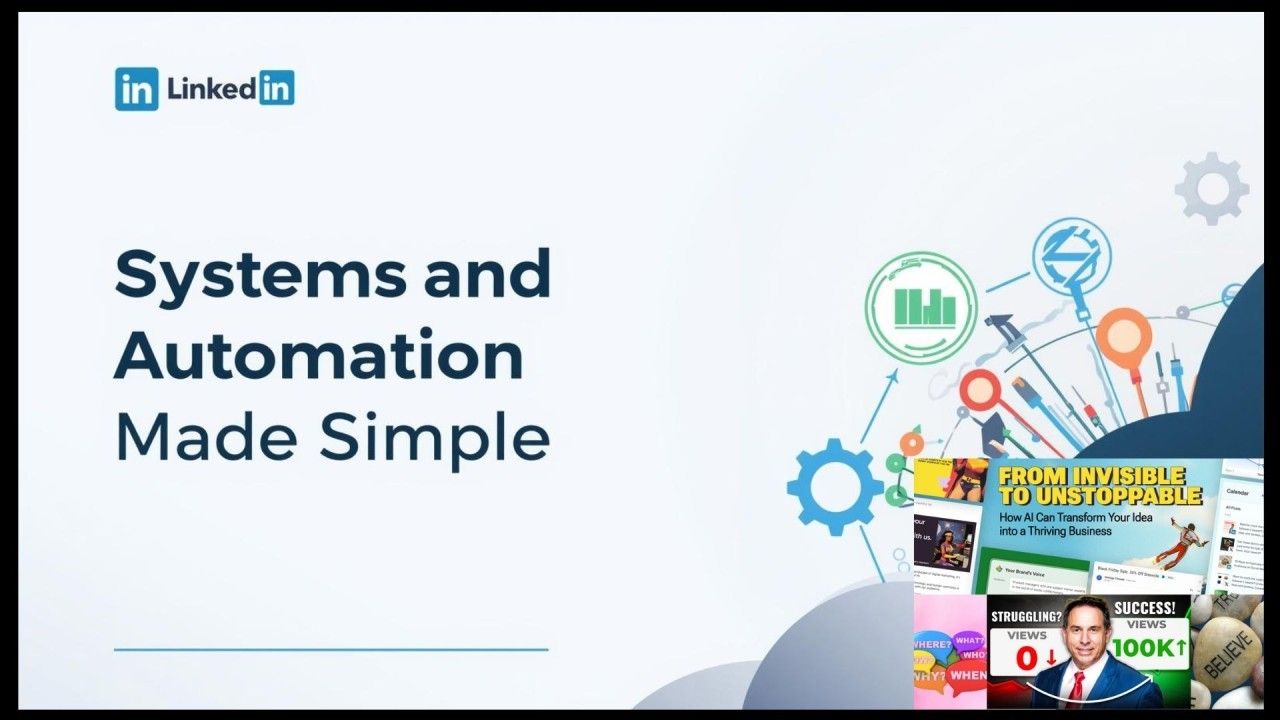Career and Business Opportunities in Lawn Care, Landscaping, and Exterior Maintenance

Introduction
Lawn care, landscaping, and exterior maintenance are among the most resilient, opportunity-rich trades in today’s economy. As more homeowners and businesses outsource property care, demand is rising for reliable professionals who can deliver consistent results. Over the last 10 years, my team and I scaled a simple idea—serving one yard at a time—into multiple six- and seven-figure income streams. Along the way, we discovered not only the breadth of the industry, but also how teachable the core skills are and how communities benefit when these services are widely available.
This article breaks down the industry’s segments, explains career paths and business models, outlines pros and cons, and shares lessons learned from our growth journey—so you can see where you might fit and how to scale.
Why This Industry, Why Now
- Essential services: Grass grows, seasons change, properties age—demand is recurring and largely non-discretionary, especially for commercial clients bound by appearance standards and safety codes.
- Fragmented market: Thousands of local providers means room for new entrants and specialists.
- Multiple revenue streams: From mowing to irrigation, from snow to storm cleanup, you can stack services across seasons and client types.
- Teachable skills: With proper training and systems, new team members can become productive quickly.
- Community impact: Clean, safe, and well-kept properties increase neighborhood pride and local property values.

Core Segments of the Industry
- Lawn Care (Turf Services) Mowing, edging, trimming, blowing Fertilization, weed control, aeration, overseeding Pest/grub control Turf renovation and soil conditioning Path to scale: recurring routes, add-on treatments, seasonal packages
- Landscaping (Design, Build, and Enhancement) Planting, bed installation, mulching, pruning Hardscapes: patios, walkways, retaining walls Landscape lighting and drainage solutions Path to scale: high-ticket projects, upsells to existing maintenance clients
- Exterior Maintenance Power washing, gutter cleaning, window cleaning Fence/deck staining, exterior painting touch-ups Seasonal cleanups (spring/fall), storm debris removal Path to scale: quick-turn add-ons, bundled service days
- Irrigation and Water Management System installation, startup/shutdown, repairs, smart controllers Drainage grading, French drains, rain gardens Path to scale: recurring maintenance contracts and higher-margin technical work
- Tree Care and Arbor Services Pruning, removals, stump grinding Plant health care, risk assessments Path to scale: specialized training and equipment; strong margins, higher liability
- Seasonal and Regional Services Snow and ice management (plowing, salting) Drought-friendly xeriscaping, native plant conversions Wildfire mitigation or hurricane/storm preparedness based on region Path to scale: year-round revenue, specialized contracts
- Commercial Property Services HOAs, retail centers, industrial parks, municipal grounds Compliance-driven maintenance, fixed schedules Path to scale: multi-year contracts, predictable cash flow, route density
Career Paths and Roles
- Technician: Entry-level; core skills like mowing, trimming, power washing, basic installs.
- Crew Lead/Foreman: Manages small teams, quality control, client interactions on-site.
- Specialist: Irrigation tech, pesticide applicator, arborist—higher pay, certifications.
- Estimator/Account Manager: Bids jobs, manages client relationships and renewals.
- Operations Manager: Scheduling, routing, equipment logistics, training.
- Owner/Entrepreneur: Builds systems, marketing, financial controls, leadership.
Entry pathways can be non-linear: many owners start as technicians, then move into sales and operations as they grow.
Business Models You Can Build
- Residential Route-Based: Weekly/biweekly mowing plus seasonal cleanups and treatments.
- Commercial Contracts: Annual agreements with monthly billing for maintenance.
- Design-Build: Project-focused, higher ticket sizes; pair with a maintenance arm for recurring revenue.
- Specialty/Niche: Irrigation-only, tree care, lighting, drainage, or native/waterwise landscapes.
- Subscription/Bundle: “Full-care” packages (mow, fertilize, weed control, shrubs, irrigation checks).
- Storm/Events: Rapid-response cleanup, emergency services (premium pricing, on-call teams).

How We Scaled: One Yard at a Time to Seven Figures
- Start with Reliability Show up on time, deliver consistent quality, and communicate clearly. Document every job with before/after photos and notes.
- Build Route Density Cluster clients geographically to reduce windshield time. Offer neighbor discounts and referral bonuses to fill in each street.
- Standardize and Systematize SOPs for every service; laminated checklists in trucks. Uniform equipment setups per crew; reduce variability and training time. Use simple job-costing: track labor hours, materials, drive time.
- Stack Recurring Revenue Convert one-time clients to maintenance plans. Offer seasonal packages and autofill the calendar with renewals.
- Train and Promote From Within Create skill ladders and pay tiers tied to certifications and responsibilities. Pair apprentices with seasoned techs; weekly toolbox talks.
- Add Higher-Margin Services Irrigation diagnostics, selective pruning, lighting upgrades, drainage fixes. Cross-sell enhancements during regular maintenance visits.
- Move Up-Market While Protecting Your Base Win a few key commercial accounts; keep residential routes profitable and dense. Use commercial revenue to invest in better equipment and leadership.
- Data, Not Guesswork Track close rates, average ticket, client retention, route profitability. Cull unprofitable routes; reprice or replace.
- Brand the Experience Clean trucks, uniforms, clear proposals, fast responses. Make it easy to do business: online booking and autopay.
- Teach What Works
- We built curriculum for basic skills and business fundamentals.
- Workshops, shadow days, and playbooks help new entrants ramp faster.
Teaching Others: A Framework for Skill-Building
- Foundations (2–4 weeks) Safety, PPE, equipment handling, property protection Mow/trim/blow best practices, basic pruning, mulch and bed edging Customer communication and service recovery
- Intermediate (4–8 weeks) Fertilization schedules, weed ID, soil tests, aeration/overseeding Irrigation basics: controller programming, common repairs Estimating fundamentals and upsell identification
- Advanced/Specialty (ongoing) Design principles, drainage engineering basics Arbor care fundamentals and risk assessment Commercial RFPs, contract management, snow ops
- Business Modules Pricing models, job-costing, cash flow management Hiring, onboarding, performance management Sales scripts, proposal templates, CRM usage Local marketing: Google Business Profile, reviews, neighborhood flyers, HOA events
Pros, Cons, and Realities
Pros
- Recurring demand and predictable cash flow with contracts
- Multiple service lines and upsell potential
- Fast skill acquisition; meaningful career ladders
- Tangible community impact and strong referral loops
Cons
- Seasonal volatility in some regions; weather risks
- Labor management is challenging; retention requires culture and growth paths
- Physical work; safety and equipment upkeep are critical
- Cash flow crunches possible without deposits and disciplined billing
How to Mitigate
- Diversify services seasonally (snow, leaf cleanup, holiday lighting)
- Offer off-season projects (hardscapes, renovations, shop improvements, training)
- Require deposits for projects; set clear payment terms; use autopay for maintenance
- Invest in safety training and preventive maintenance schedules
What You Can Learn and Expand Upon
- Turf Science Lite: Soil health, mowing heights, seasonal timing
- Plant ID and Care: Right plant, right place; pruning calendars
- Water Systems: Smart controllers, drip vs. spray, seasonalization
- Drainage and Grading: Simple fixes that prevent major damage
- Design and Aesthetics: Bed lines, focal points, lighting layers
- Equipment Mastery: Blade sharpening, 2-stroke care, trailer loading
- Estimating and Sales: Site walks, measuring tools, margin targets
- Client Experience: Communication cadence, SLAs, service recovery
- Compliance: Chemical handling certs, insurance, local licensing

Pathways to Six and Seven Figures: Illustrative Models
- Residential Route Example 150 weekly clients at $55/visit, 30 weeks = ~$247,500 top-line Add fertilization/weed control to 60% at $280/season = +$25,200 Spring/fall cleanups, mulch, small enhancements = +$120,000 Total near ~$400,000 with 2–3 crews; optimize margins via route density
- Mixed Commercial/Residential 6 commercial accounts at $2,500/month for 10 months = $150,000 100 residential maintenance clients = ~$165,000 Enhancements, irrigation, lighting = $250,000–$400,000 Total $565,000–$715,000; scale via additional crews and add snow ops
- Design-Build + Maintenance Hybrid 20 projects averaging $12,000 = $240,000 Convert 50% to maintenance at $1,800/yr = $18,000 recurring Lighting/irrigation/drainage upsells = $150,000+ Total $400,000+ with strong margin potential
Note: Your margins depend on labor efficiency, equipment utilization, and pricing discipline. Job-cost every service.
Practical First Steps
- Choose Your Beachhead: Start with a simple, repeatable service (e.g., mowing + cleanups).
- Define Your Service Standards: Scope, checklists, time targets, quality thresholds.
- Price for Profit: Know your hourly burdened cost and target margin. Don’t chase low bids.
- Build a Micro-Brand: Name, clean logo, wrapped trailer, Google Business Profile, reviews.
- Systemize from Day 1: Routing tool, CRM/invoicing, photo documentation, SOPs.
- Upsell Smartly: Irrigation checks, mulch refresh, pruning days, seasonal packages.
- Recruit Early: Hire ahead of busy season; train with ride-alongs and checklists.
- Protect the Downside: Contracts, deposits, insurance, safety training, backup equipment.
Closing Thoughts
This is a trade that rewards reliability, craftsmanship, and care for the community. The opportunities span from entry-level technician roles to specialty careers and multi-crew companies. With teachable skills, clear systems, and a focus on serving one yard at a time, it’s entirely possible to build six- and seven-figure income streams while elevating neighborhoods and meeting a real, growing need.
Manfre and Associates Consulting Services:
www.manfreandassociates.com
Join Our FREE Community: GROW WITH US




